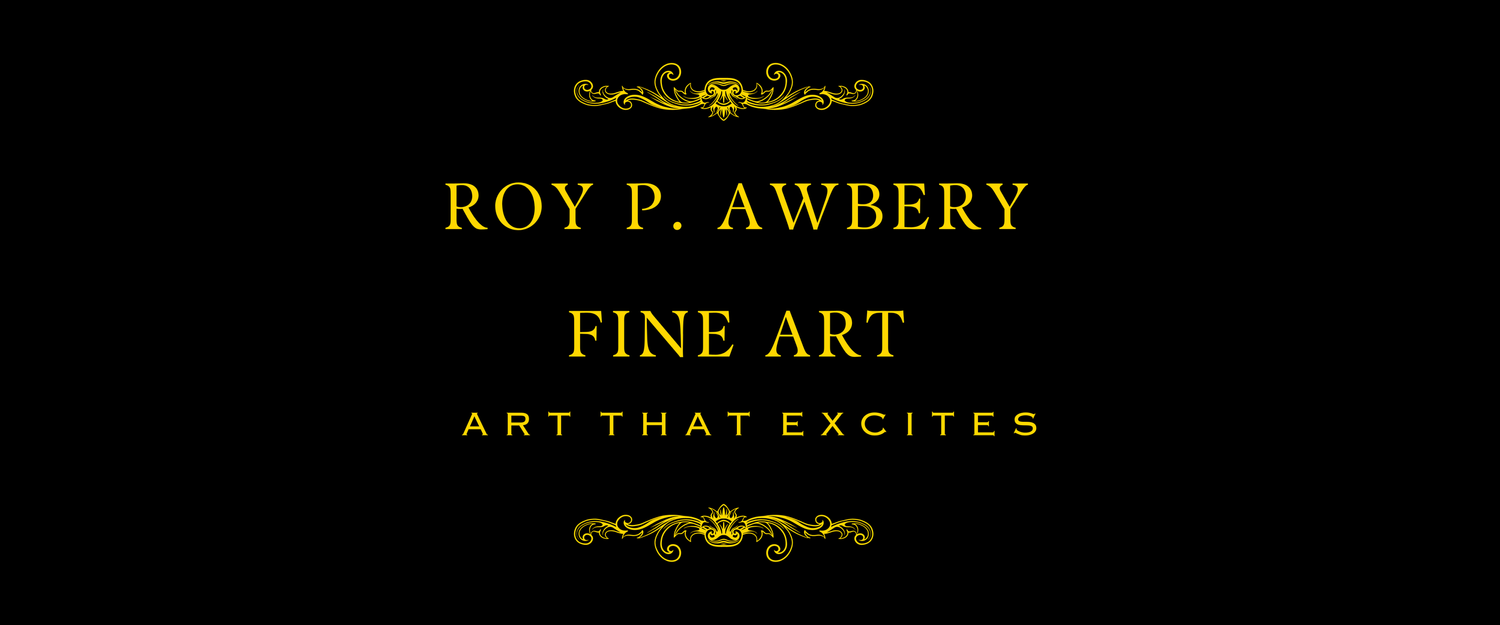How to get Started with Illustrating Children's Books
Illustrating children's books is great fun and highly rewarding but it is also not as simple and easy as it might seem. I am entirely self-taught and here I share some of my tips for getting started and improving your ability.
Read and study lots of children's books.
This is really important. You cannot learn what makes a good illustration without studying what is considered good in the book industry. Now, I must say that there are many books out there with very basic illustrations but are still hugely successful and this is usually because the story is very good and can carry the book.
Identify what an illustration actually is.
Okay, this may seem obvious but it might not be as clear as you think. For a children’s book, the imagery is used to add further detail and context to the story or to add more interest. A children’s storybook with illustrations is often 33 pages and around 500 words. This means there is little room for extra words to describe a scene. So, the illustration does this for you. If something is in the image then it does not need to be said in the text. This is the key point: an illustration illustrates whereas a picture simply shows.
Illustrations do not need to be big or complex. Sometimes a simple vignette will do, or a half-page image. It depends on what you need to convey
Write or obtain the story first.
I find that having the story written out first helps enormously. I can read the lines and think about what I might see in the scene that hasn’t been said. If the text is to be integrated into the image then this also helps you work out where to place the text - do you need some open sky, for example?
Practice every day.
This should be tip number one! I could freely accept that the images in my first book were not the best but they were my best at that time. As I have created more images each one has clearly improved and so has my skill level and ability. Try to create something every day- it only needs 20 minutes a day to make huge advances.
Also, do not just accept an image as done. I often look at mine the next day especially after scanning into my PC. This allows me to see the image from a fresh perspective and will often reject or improve the image. Not all my creations make it into the books either.
Seek criticism.
This is so important and one needs a relatively thick skin. At every stage of my book writing and illustrating I seek opinions from friends and also children. Children are particularly helpful because they know exactly what they like and, more importantly, what they don’t like.
Get reviews and test it out.
I found that once I had got to a point where I thought the book was finished I would order pre-prints of the published book. This is very cheap and easy to do with Amazon’s Kindle Direct Publishing. I sent out copies to various people and asked them to review and provide feedback. The important thing here is to respond to any criticism. When I launched my first book I soon realised that there were some improvements required and after a few months I released a 2nd edition that rectified those issues and the new version is much better.
Market your book
I found this to be the hardest task of all. I am not a natural when it comes to marketing and advertising so I simply put posts up on Instagram and Facebook and this included posts on specific Facebook group pages that were relevant to my book.
I also used Amazon’s own marketing tools but, to be honest, this had limited effect. I receive about £2 in royalties for each paperback book sold on Amazon but the cost of marketing actually meant that I was losing money from the sales generated using Amazon’s marketing platform. By far the greatest number of sales have come from direct purchasers on Amazon who find my book through my social media posts.
I’m quite sure there are other ways to market the book and I might delve into those later. For now, I am hoping that the pandemic restrictions ease and open-air fetes, markets, and craft shows open up again when I should be able to sell my book directly.
I hope you found this useful and, as ever, do leave a comment and let me have your thoughts.





